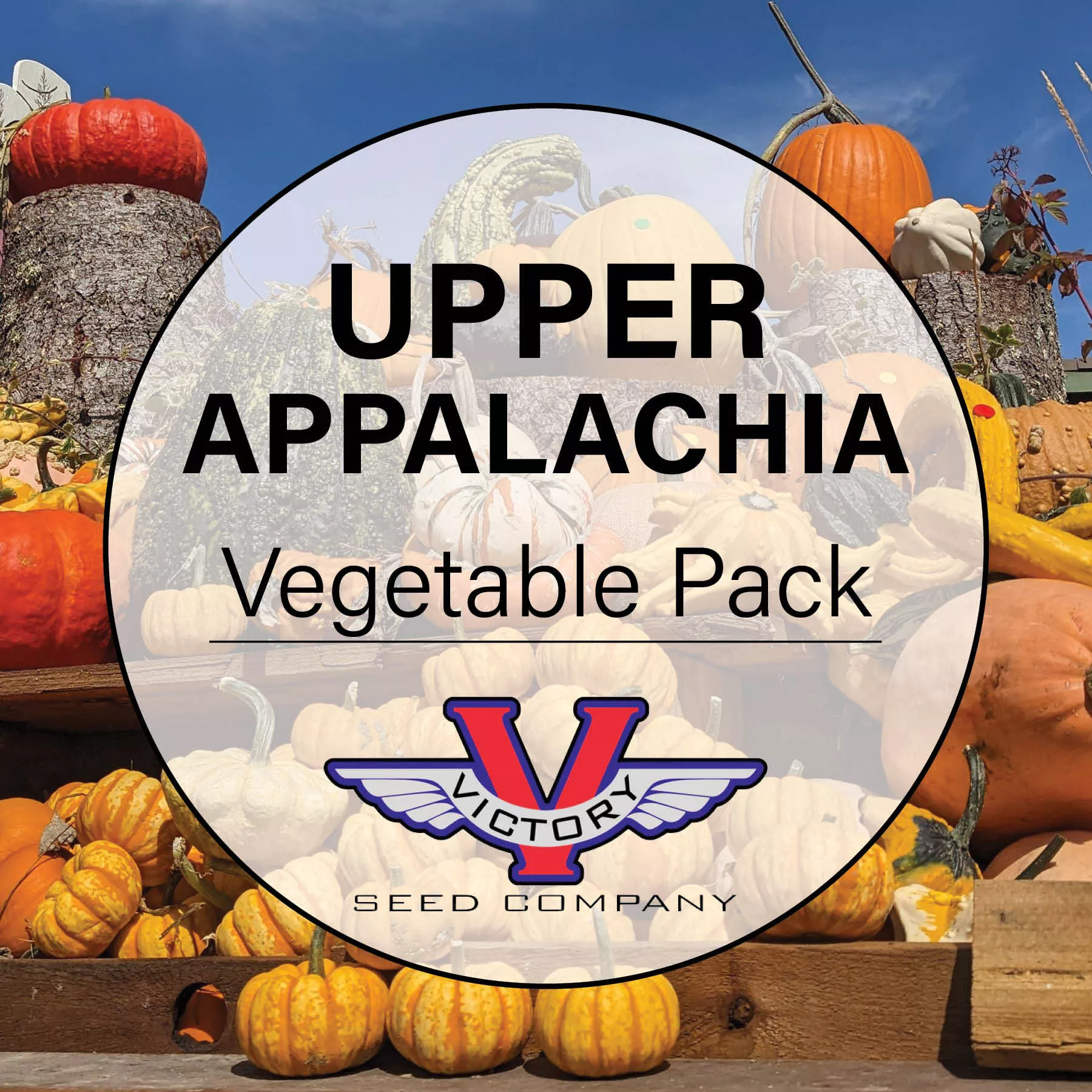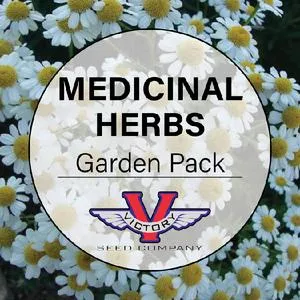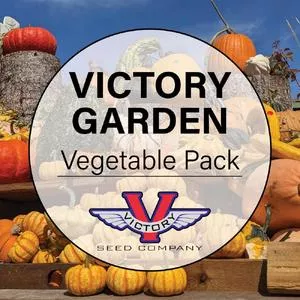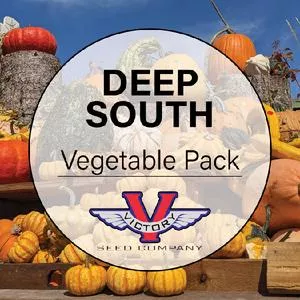Upper Appalachia Vegetable Garden Pack
Price: $80.45
SKU: 30096201We have chosen our favorite and best-selling varieties for Upper Appalachia (centered around Central to Western Pennsylvania) and made them available in this convenient collection.
Place a single order for this item and you will get one packet of each of the items shown below at an overall discount. If you prefer, you can order them individually one by one, by clicking on each item in the list.
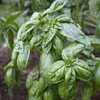 Basil, Italian Large Leaf (Sweet)
Basil, Italian Large Leaf (Sweet)
Sweet basil with large leaves, perfect for pesto and Italian dishes, thrives in full sun.
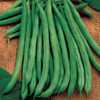 Blue Lake 274 Bush Green Garden Bean
Blue Lake 274 Bush Green Garden Bean
A canner's favorite green snap bean.
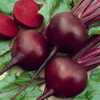 Detroit Dark Red Beet
Detroit Dark Red Beet
Renowned for its sweet, tender roots and versatile use.
 Waltham 29 Broccoli
Waltham 29 Broccoli
Cold-hardy and compact, thriving in late summer to winter with abundant side shoots.
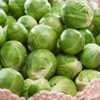 Catskill Brussels Sprouts
Catskill Brussels Sprouts
Large, dark-green and firm sprouts.
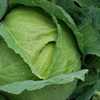 All Seasons Cabbage
All Seasons Cabbage
Heat resistant, fine-flavored and produces good, hard heads.
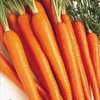 Henderson's Tendersweet Carrot
Henderson's Tendersweet Carrot
Distinct, dark-green foliage; 8-10 inches long, taper slightly from the shoulder to a blunt end.
 Snowball Self-Blanching Cauliflower
Snowball Self-Blanching Cauliflower
Self-blanching cauliflower with large leaves and mild flavor.
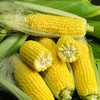 Golden Bantam Sweet Corn
Golden Bantam Sweet Corn
The most popular yellow sweet corn among home gardener's since the beginning of the twentieth century.
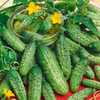 Boston Pickling Improved Cucumber
Boston Pickling Improved Cucumber
Blocky, bright green fruits. Perfect for pickling.
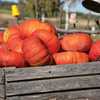 Cinderella Pumpkin
Cinderella Pumpkin
French heirloom that is very productive and beautiful.
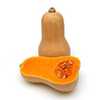 Waltham Butternut Winter Squash
Waltham Butternut Winter Squash
Light tan, 7-9 inches long with a thick neck.
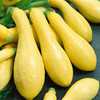 Early Prolific Straightneck Summer Squash
Early Prolific Straightneck Summer Squash
The fruits taper towards the stem end and are a nice lemon yellow color.
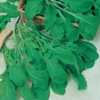 Arugula
Arugula
Spicy-flavored and versatile, this cool-weather green enhances salads, soups, and sauces.
 Bouquet Dill
Bouquet Dill
Hardy annual herb with historical medicinal uses, perfect for sauces, pickling, and seasoning.
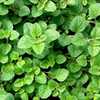 Oregano - Common Italian
Oregano - Common Italian
Versatile herb with warm, spicy flavor, thrives in Mediterranean climates, and offers medicinal benefits.
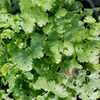 Coriander (Cilantro) - Slow Bolt
Coriander (Cilantro) - Slow Bolt
Bolt-resistant variety offers extended harvest of fresh cilantro leaves and flavorful coriander seeds.
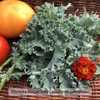 Dwarf Blue Curled Scotch Kale (Vates)
Dwarf Blue Curled Scotch Kale (Vates)
Leaves are finely curled, bluish green, low growing.
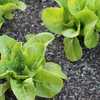 All The Year Round Butterhead Lettuce
All The Year Round Butterhead Lettuce
Medium sized heads stay firm and solid even in hot weather.
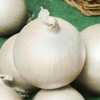 White Sweet Spanish Onion
White Sweet Spanish Onion
Large, globe-shaped onions with firm, white flesh, ideal for onion rings and Southwestern dishes.
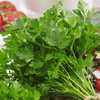 Italian Parsley
Italian Parsley
Deeply cut, dark green leaves with rich flavor, ideal for garnishes, soups, and herbal remedies.
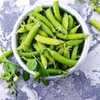 Sugar Snap Pea
Sugar Snap Pea
Vigorous, tall vines produce tasty and tender pods when young.
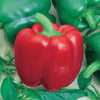 California Wonder (Bell) Pepper
California Wonder (Bell) Pepper
The flesh is thick, mild and sweet flavored.
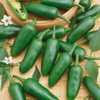 Jalapeno Hot Pepper
Jalapeno Hot Pepper
Dark green, tapered peppers. Good for pickling or fresh.
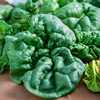 Bloomsdale Longstanding Spinach
Bloomsdale Longstanding Spinach
Early, dark green, crumpled leaves can be sown in spring or fall.
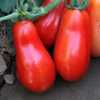 San Marzano Tomato
San Marzano Tomato
90 days, indeterminate, bright red, elongated, meaty tomatoes ideal for sauces and pastes.
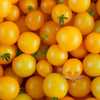 Dwarf Eagle Smiley Tomato
Dwarf Eagle Smiley Tomato
60 days, dwarf plants produce clusters of bright yellow, intensely sweet, one-ounce cherry tomatoes.
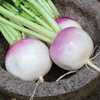 Purple Top White Globe Turnip
Purple Top White Globe Turnip
Round roots that are bright purple on the upper part and white below.
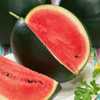 Sugar Baby Watermelon
Sugar Baby Watermelon
One of the sweetest and earliest icebox watermelons.
Place a single order for this item and you will get one packet of each of the items shown below at an overall discount. If you prefer, you can order them individually one by one, by clicking on each item in the list.
 Basil, Italian Large Leaf (Sweet)
Basil, Italian Large Leaf (Sweet)Sweet basil with large leaves, perfect for pesto and Italian dishes, thrives in full sun.
 Blue Lake 274 Bush Green Garden Bean
Blue Lake 274 Bush Green Garden BeanA canner's favorite green snap bean.
 Detroit Dark Red Beet
Detroit Dark Red BeetRenowned for its sweet, tender roots and versatile use.
 Waltham 29 Broccoli
Waltham 29 BroccoliCold-hardy and compact, thriving in late summer to winter with abundant side shoots.
 Catskill Brussels Sprouts
Catskill Brussels SproutsLarge, dark-green and firm sprouts.
 All Seasons Cabbage
All Seasons CabbageHeat resistant, fine-flavored and produces good, hard heads.
 Henderson's Tendersweet Carrot
Henderson's Tendersweet CarrotDistinct, dark-green foliage; 8-10 inches long, taper slightly from the shoulder to a blunt end.
 Snowball Self-Blanching Cauliflower
Snowball Self-Blanching CauliflowerSelf-blanching cauliflower with large leaves and mild flavor.
 Golden Bantam Sweet Corn
Golden Bantam Sweet CornThe most popular yellow sweet corn among home gardener's since the beginning of the twentieth century.
 Boston Pickling Improved Cucumber
Boston Pickling Improved CucumberBlocky, bright green fruits. Perfect for pickling.
 Cinderella Pumpkin
Cinderella PumpkinFrench heirloom that is very productive and beautiful.
 Waltham Butternut Winter Squash
Waltham Butternut Winter SquashLight tan, 7-9 inches long with a thick neck.
 Early Prolific Straightneck Summer Squash
Early Prolific Straightneck Summer SquashThe fruits taper towards the stem end and are a nice lemon yellow color.
 Arugula
ArugulaSpicy-flavored and versatile, this cool-weather green enhances salads, soups, and sauces.
 Bouquet Dill
Bouquet DillHardy annual herb with historical medicinal uses, perfect for sauces, pickling, and seasoning.
 Oregano - Common Italian
Oregano - Common ItalianVersatile herb with warm, spicy flavor, thrives in Mediterranean climates, and offers medicinal benefits.
 Coriander (Cilantro) - Slow Bolt
Coriander (Cilantro) - Slow BoltBolt-resistant variety offers extended harvest of fresh cilantro leaves and flavorful coriander seeds.
 Dwarf Blue Curled Scotch Kale (Vates)
Dwarf Blue Curled Scotch Kale (Vates)Leaves are finely curled, bluish green, low growing.
 All The Year Round Butterhead Lettuce
All The Year Round Butterhead LettuceMedium sized heads stay firm and solid even in hot weather.
 White Sweet Spanish Onion
White Sweet Spanish OnionLarge, globe-shaped onions with firm, white flesh, ideal for onion rings and Southwestern dishes.
 Italian Parsley
Italian ParsleyDeeply cut, dark green leaves with rich flavor, ideal for garnishes, soups, and herbal remedies.
 Sugar Snap Pea
Sugar Snap PeaVigorous, tall vines produce tasty and tender pods when young.
 California Wonder (Bell) Pepper
California Wonder (Bell) PepperThe flesh is thick, mild and sweet flavored.
 Jalapeno Hot Pepper
Jalapeno Hot PepperDark green, tapered peppers. Good for pickling or fresh.
 Bloomsdale Longstanding Spinach
Bloomsdale Longstanding SpinachEarly, dark green, crumpled leaves can be sown in spring or fall.
 San Marzano Tomato
San Marzano Tomato90 days, indeterminate, bright red, elongated, meaty tomatoes ideal for sauces and pastes.
 Dwarf Eagle Smiley Tomato
Dwarf Eagle Smiley Tomato60 days, dwarf plants produce clusters of bright yellow, intensely sweet, one-ounce cherry tomatoes.
 Purple Top White Globe Turnip
Purple Top White Globe TurnipRound roots that are bright purple on the upper part and white below.
 Sugar Baby Watermelon
Sugar Baby WatermelonOne of the sweetest and earliest icebox watermelons.
Customer Reviews:
Do you have experience with this one? 📝 📣 Write a review!
No reviews have been posted yet.

